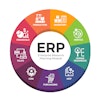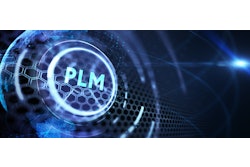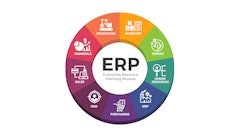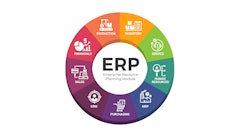
Euna Solutions’ 2025 State of Public Procurement Report reveals that despite flat budgets, public procurement teams face shrinking purchasing power due to inflation and rising costs, with 2025 emerging as a pivotal year for transformation.
“This year’s report makes clear that procurement teams are not just managing spend, they’re becoming strategic stewards of public trust in a time of economic uncertainty,” says Tom Amburgey, CEO of Euna Solutions. “This year’s State of Public Procurement Report shows that with the right tools, even small teams can drive outsized impact. As automation and AI reshape what’s possible, Euna is committed to helping public agencies modernize procurement in a way that’s not only efficient, but intelligent, equitable, and future-ready.”
Key takeaways:
● Although most agencies report that their budgets have remained steady year-over-year, procurement professionals consistently identified rising costs as their top external challenge. More than 50% of survey respondents flagged inflation and market volatility as a critical constraint; these factors are eroding real purchasing power, making it harder for teams to achieve the same outcomes with the same dollars.
● Many public procurement departments consist of just 1-3 individuals, often tasked with managing the full-cycle procurement process across multiple departments. Complex projects can take upwards of 130 hours without streamlined workflows, highlighting the need for automation and digital transformation.
● Outdated systems and fragmented workflows contribute to inefficiencies. Teams spend significant time on routine tasks, limiting their ability to focus on strategy and supplier relationships.
● Nearly 70% of survey respondents have established or plan to establish contract lifecycle management software in the next year, while agencies are also prioritizing investments in supplier performance tracking and invoice automation. However, budget limitations remain the biggest barrier to adopting modern procurement solutions.
● According to the National Association of State Procurement Officials (NASPO), 42% of states now have official AI policies, and all 54 U.S. chief procurement officers included in the polling named AI as a key priority for 2025. While adoption is early, practical use cases are already demonstrating value, such as AI-enabled invoice analysis that flags payment discrepancies before they become costly errors and marketplace tools that rapidly analyze and compare goods for best-value purchasing decisions at scale.
● The trend toward automation, full-cycle digital workflows, and data-driven decision-making point the way toward AI’s growing role in the future of public procurement.


![Pros To Know 2026 [color]](https://img.sdcexec.com/mindful/acbm/workspaces/default/uploads/2025/08/prostoknow-2026-color.mduFvhpgMk.png?auto=format%2Ccompress&bg=fff&fill-color=fff&fit=fill&h=100&q=70&w=100)







![Pros To Know 2026 [color]](https://img.sdcexec.com/mindful/acbm/workspaces/default/uploads/2025/08/prostoknow-2026-color.mduFvhpgMk.png?ar=16%3A9&auto=format%2Ccompress&bg=fff&fill-color=fff&fit=fill&h=135&q=70&w=240)








